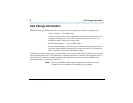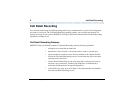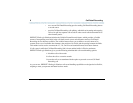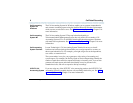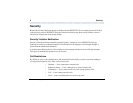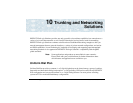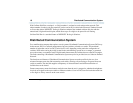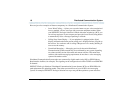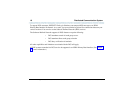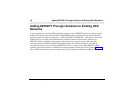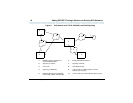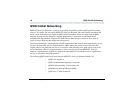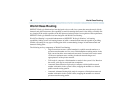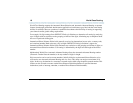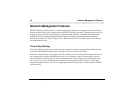
10 Distributed Communication System
DEFINITY ProLogix Solutions Release 2 Overview
555-235-100 Issue 2 June 1999 10-3
Here are just a few examples of feature transparency in a Distributed Communication System:
• Leave Word Calling — Allows you to touch a button on your voice-terminal and
leave a standard “call me” message with your name and phone number. When
your DEFINITY ProLogix Solutions is linked with other switches in a DCS, you
can call any employee in your company and press the Leave Word Calling button
to automatically leave a message requesting a call back.
• Calling-Party Name Display — If your telephone is equipped with a digital
display, information about the person calling you is displayed before you pick up
the receiver. You can know who is calling if that person is in a nearby building or
even across the country.
• Centralized Messaging — Messaging services for the entire Distributed
Communication System network may be coordinated by one system, depending
on volume and the version of the main and remote switches. This means that
switches with smaller messaging requirements do not share a voice messaging
system with another switch.
Distributed Communication System nodes are connected by digital trunks (using DS1 or ISDN-Primary
Rate Interface facilities, for example). The signaling can be configured to use either TCP/IP or an ISDN-PRI
D-channel.
DEFINITY ProLogix Solutions’ Distributed Communication System features DCS over ISDN-PRI with
path replacement for optimizing trunks. Thus when you transfer out of your AUDIX voice messaging
system, for example, DEFINITY ProLogix Solutions sets up a new path that optimizes system resources.



